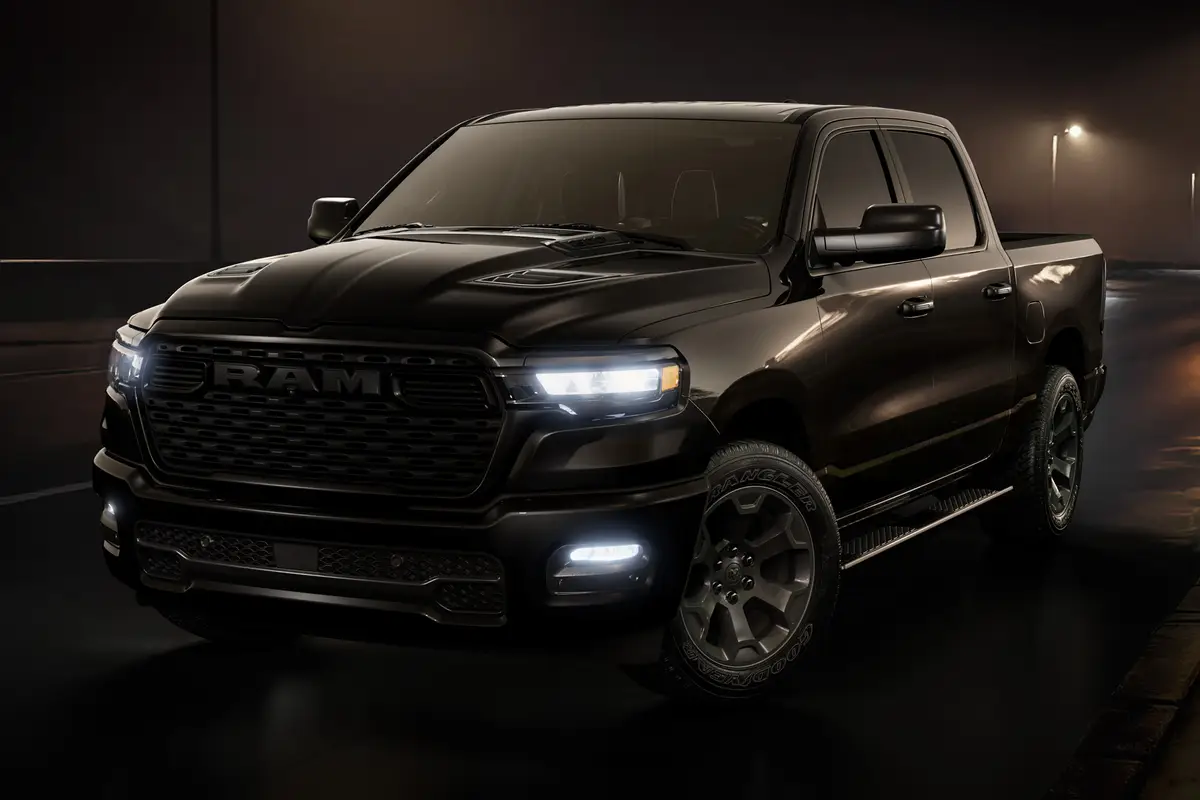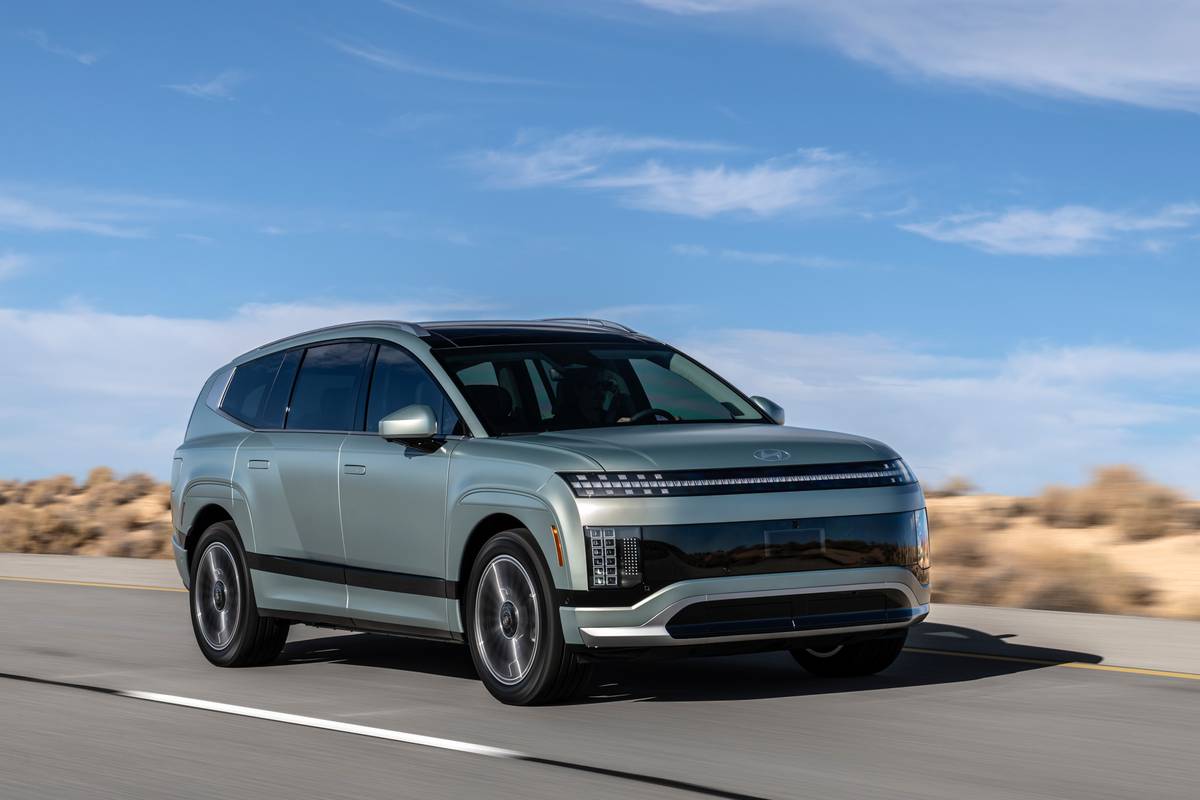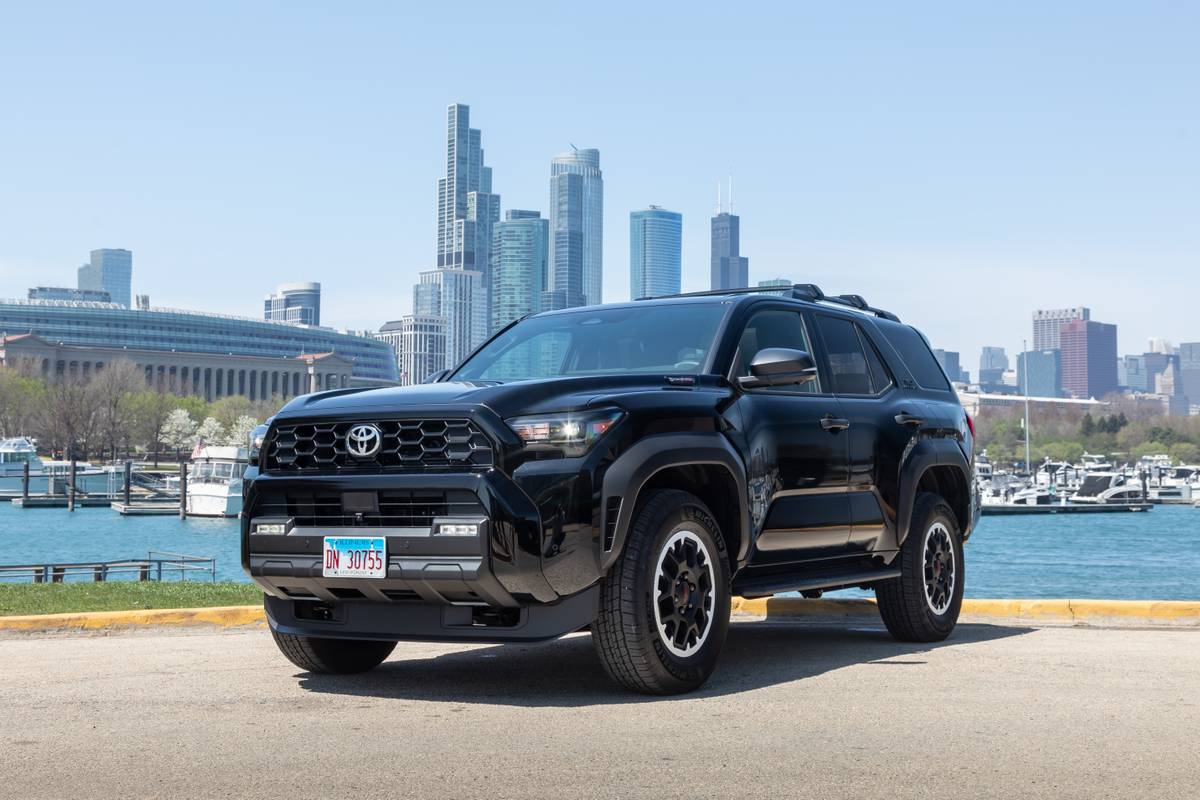Boston.com's view
Volvo S40: performance, luxury at a great price
LOS PADRES NATIONAL FOREST, Calif. — There was a time when it was far easier to peg car to driver. I’m humming a tune discordant to dilemma as I whip a Volvo through tortuous turns high in the mountains here.
Bill Morrissey, the New England folk singer I love to quote because I often wish I had written what he did, penned perhaps the finest bit of succinct automotive stereotyping in his song “Car and Driver,” now rambling in my mind, in which he vowed: “Show me the car, I’ll show you the driver.” One of those cars was a Volvo, driven down the years by people of, shall we say, a certain vintage. Think tweed, elbow patches, beards, even tie-dye for older models. My Volvo wagon will sleep six. It’ll run on diesel or trail mix. OK, Mr. Smartypants writer/musician. Times change. What would you do with this car: a small Volvo that’s turbo-charged, cranks out 218 horsepower and 236 lb.-ft. of torrid torque, and has a central control pod that seems to loom in the air awaiting only the touch of Captain Kirk?
Somewhere between the land of small, economical cars driven by those who want to get only from here to there, and pricier, high-performance cars, there is a middle ground: the turf of small cars that offer a dollop of luxury and a huge bite of performance.
Manufacturers reach this plateau in two ways: take a cheaper model and move up through technology and content, or take a more expensive model and move down, holding on to performance and taste even as size and cost diminish. We’re talking the $19,000 to $30,000 range.
That’s why we have such cars as the Ford Focus SVT, innumerable tuned Civics and Accords, the Subaru (Impreza) WRX STi, and Mitsubishi (Lancer) Evo, climbing, and the Audi A4 1.8T, Acura TSX, and Volkswagen Passat 2.8L landing on this plateau. And now come the Swedes — stalwarts of solidity and safety — led by Volvo, in the $24,000 to $30,000 fully loaded market.
“They might want smaller cars, but they don’t want lesser cars,” says Paul Gustavsson, project leader for Volvo Car Co., Sweden, referring to young buyers with a few extra dollars and the yen for a bit more than to simply get from here to there.
And as I find myself twisting, a bit too fast, in a diabolical shrinking radius turn here high in the mountains northeast of Los Angeles — sheer wall to my left, 2,000-foot plunge, no guardrails to my right — I am glad I am not in a lesser car, such as Volvo’s first attempt at the S40, a Mitsubishi-inspired, underpowered, limp intruder on the plateau.
No, this car, far stiffer, far more powerful, cuts like a knife as I fix my bending mistake, torque band in third gear holding remarkably solid from 1,500 rpms to almost 5,000. Nice, solid bite. Volvo, says Anders Robertson, product manager for Volvo Cars North America, wants a buyer “a little bit younger, a little bit more diverse.” If those y ounger, high-tech savvy buyers cross-shop the way they should, many of them will end up in this car.
With its V-hood, upright nose, bulging muscular fenders, pronounced hip line, chopped rear deck, and short overhangs, this car gets attention. Add optional wheels and skirts and folks might think that’s an M3 that just blew by them. “It’s got an athletic shape, but it is still very much a Volvo,” says Gustavsson.
No, since Volvo came out of its box — literally and spiritually — the promise of a car such as this has long dangled before us. The first incarnation of the S40 fooled no one. Not a Volvo. This is, with verve. It’s 2.1 inches wider than its predecessor, 1.9 inches shorter, and yet offers a wheelbase more than 3 inches longer. Engine options, both five-cylinder and transverse mounted, are far better than the 170-horsepower, 1.9-liter, 4-cylinder turbo that came with the original S40. They are a 2.4-liter, normally aspirated version with 168 horsepower, and a 2.5-liter, turbo-charged scorcher, the T5, with 218 horsepower and 236 lb.-ft. of torque.
The 2.4 comes with either a five-speed automatic or five-speed manual, while the T5 gets either the automatic or a six-speed manual. Further, all-wheel drive will be offered in the T5 models, and a wagon model called the V50 is in the works. All will be phased in this year after initial sales start this spring.
Meanwhile, back inside the S40, the most prominent feature is the center console stack. It is a virtual TV clicker, only about a 1/2-inch thick, that protrudes slightly from dash to lower console, and houses controls for audio, telephone, and climate. It will be sold in various “coatings” that feature colors, metals, and woods — not unlike the covers you can buy for cellphones these days.
Beyond the gimmickry comes a standard slab of Volvo safety: front, side, and curtain air bags, collapsible pedals, whiplash protection, blends of steel, and crumple zones that, in crashes, direct forces away from passengers and even specific auto components — like engine and battery — away from the interior.
This move by Volvo speaks well for the new Mazda 3, which shares much of the development and parts with the S40, and the upcoming redesign of the Ford Focus, which will do the same.
And it certainly puts pressure on that other solid Swede, Saab, which will use the Subaru WRX (Subaru being a GM subsidiary) to develop the Saab 9-2, which could feature a 227-horsepower version of Subaru’s boxer four, turbo-charged engine. I make a lot of money in my high-tech job;Yep sure, you bet, I drive a turbo Saab.That folk singer guy again.
And, of course, there’s always the possibility of the 300-horsepower R version of an S40 out there in the mists.
You mocked dad’s tweeds, ol’ wagon’s a bust; Meet my S40 turbo, now eat my dust. I’ll be keeping my day job.
Latest news



